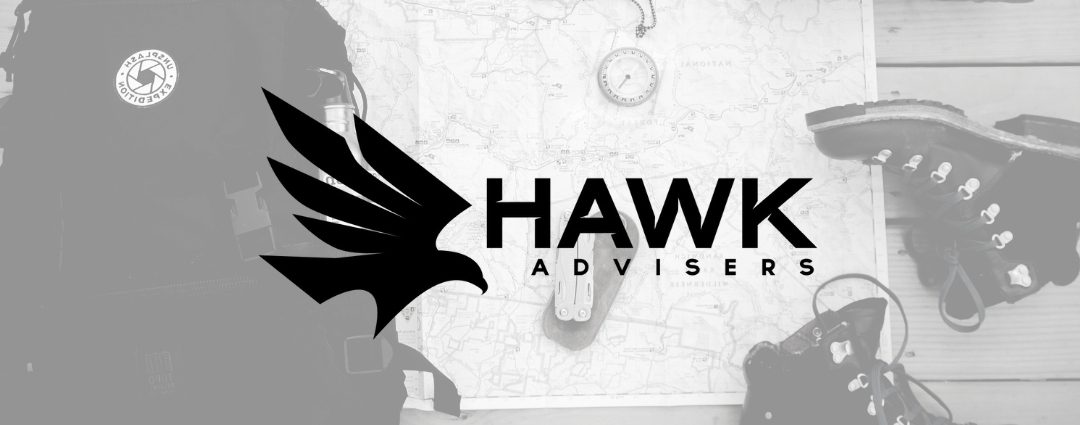Stephen Hamilton and Tori Doss unpacked their “Survival Kits” at our seminar on Wednesday, October 24, 2018 to help businesses prepare for workers’ compensation and employee benefits survival in 2019.
Here is what they believe are the most important items packed in their kits:
Workers’ Compensation 2019 Survival Kit: Essential Items to Pack
- Hiring Process
- Claims Coordination
- Return-to-Work
- Managed Care
Hiring Process: Be Careful Who You Camp With
Occupational studies report that a poor hiring decision may cost an organization 2.5 times that person’s annual salary. It is critical that your hiring process include job descriptions, interviewing, pre-employment & background screening, and, if necessary, physical evaluation testing if the job has substantial physical demands.
Claims Coordination: Refer to the Map Before You Hike
According to the Rand Center for Health & Safety in the Workplace, comprehensive management of employee injuries can reduce time away from work by as much as 42 percent. To have an effective claims coordination process, it is important to be proactive as a company. Some proactive tips are to have arranged medical care and documentation for the injured employee ready, understand that it is the supervisor’s responsibility to be active in the reporting and investigation process, and continued communication throughout the claims process.
Return-to-Work: Progress is a Path Forward
Statistics vary but according to the Bureau of Labor Statistics, after 12 weeks away from the job, there is only a 50% chance of the injured employee returning to work. By 6 months, the chance drops below 20%. After a full year, only about 5% of injured workers return. Some factors that help employees return to work after an injury include a return-to-work policy statement affirming the company’s commitment to their return, modified duty assignments, and if necessary, FMLA & ADA considerations.
Managed Care: Measure Twice, Cut Once
The Bureau of Labor Statistics states that twenty years ago, the typical ratio was 60/40 indemnity costs to medical costs. Today that ratio has reversed. Some topics to consider with managed care include Medical Bill Review and Medical Network, Pharmacy Benefits MGMT & Pharmacy Intervention Programs, and Nurse Case MGMT.
Employee Benefits 2019 Survival Kit: Essential Items to Pack
- Cost-Containment Strategies
- Technology Solutions
- Healthcare Consumerism Employee Education
- Voluntary Benefits
Cost-Containment Strategies:
- Traditional Fully-Insured Group Health Plan
- Level-Funded Group Health Plan
- Association Health Plans and Captives
- Self-Funded Group Health Plan
- Reference Based Pricing
- Balance Billing – Be Alert!
Solutions will differ greatly from group to group and the factors to consider are group size, health of the group, administrative costs and risk tolerance. Be aware of compliance pitfalls and rely on your employee benefits adviser to guide you.
Technology Solutions:
Demands of a multi-generational workforce along with pressure to contain costs, simplify benefits, and stay compliant is prompting employers to make benefits technology a priority. There are a number of technology platforms on the market, which can aid in improving the overall employee experience. According to a 2017 Paychex Pulse of HR Survey, 44% of benefit managers have several separate systems with some integration, 23% have HR technology with one integrated suite, 18% have several separate, unintegrated systems, and only 15% of benefits managers use no technology at all.
Technology is a great way to engage your workforce and simplify your processes. In addition, with increased access to telemedicine, telehealth therapy, and wearable health apps, it provides improved accessibility for employees.
Healthcare Consumerism Employee Education:
Healthcare Consumerism puts the purchasing power and decision-making in the hands of plan participants and it enables patients to become fully involved in their healthcare decisions. This empowers the consumer and helps them take control of healthcare spending. Consumers are demanding transparent, accessible pricing.
Some resources available to consumers are prescription saving tools like GoodRX and Healthiest You App. In addition, price-shopping tools like healthcarebluebook.com can be helpful in establishing a reference point for pricing.
It is important that employees are aware of the “freebies” available to them through their health insurance plan such as their annual physicals covered at 100%, flu shots, and immunizations. Open Enrollment is a great time to educate your employees on ways to become a smarter healthcare consumer.
Voluntary Benefits:
Which benefits are most valued by job seekers? Take a look at this chart!

Recent Comments